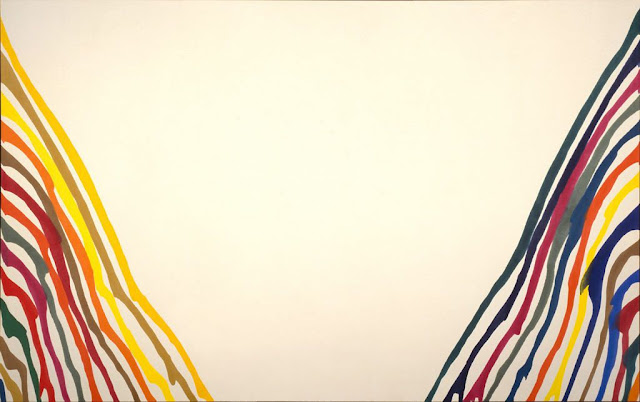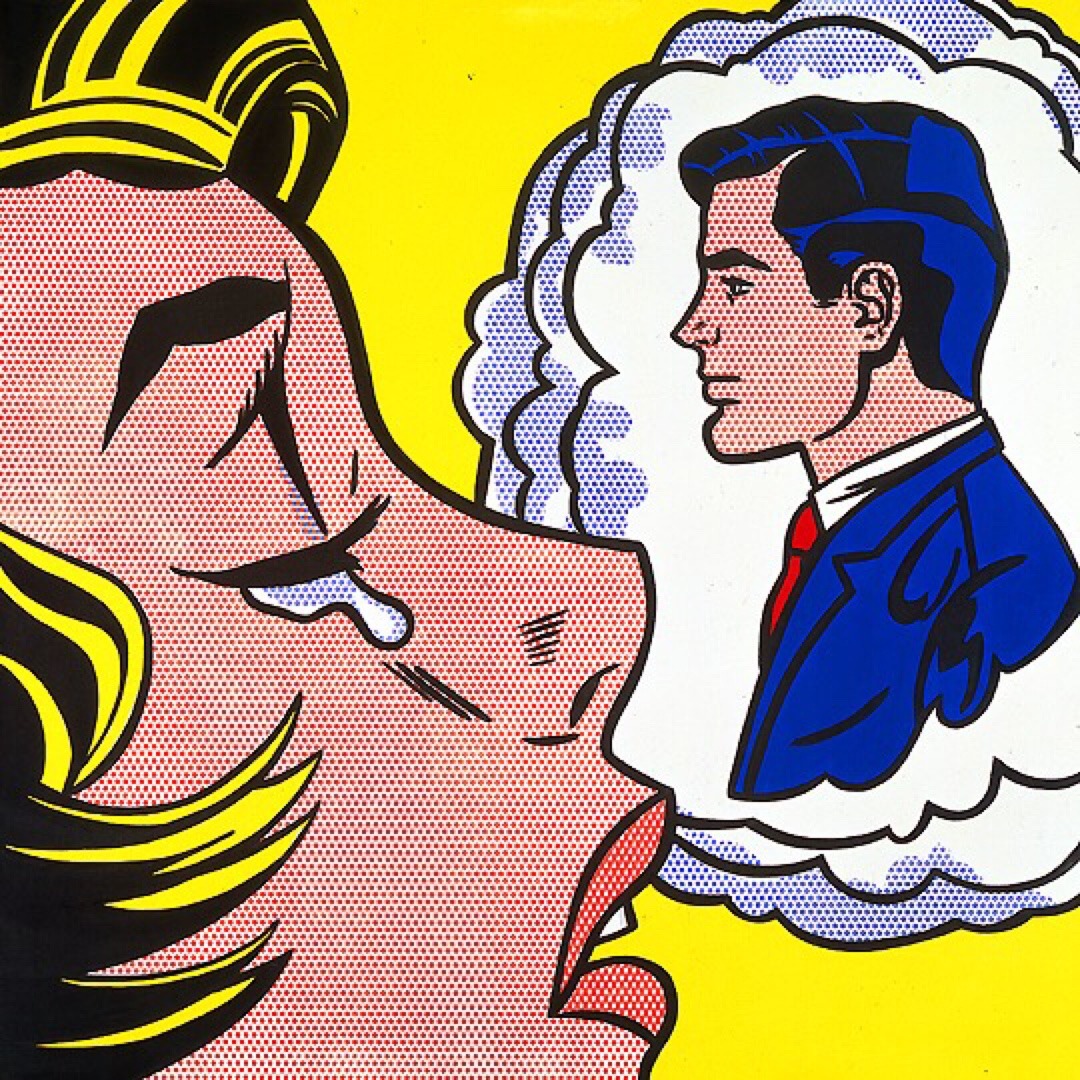 |
| Untitled, from 1965 Selma March, Bruce Davidson |
Bruce Davidson received national attention for his photography at the young age of 19, after winning a Kodak film contest for a picture of an owl. This first step began a long run of work documenting communities, particularly in New York, and social strife. His work during the summer of 1965 documented the Civil Rights Movement just before Voting Rights Act. This body of work perhaps has gained the most notoriety out of any other artist covering that monumental event.
Depicted here is a Civil Rights marcher, almost definitely the son or grandson of a slave. His black suit contrasts against the sea of white rain coats behind him, drawing attention solely to him. The composition is almost flawless, perhaps a narrower print would have been better. The background has a tendency to draw the eye away, but the photograph would lose so much if it had been staged. It perfectly encompasses the spirit of the movement. A sense of martyrdom is reflected from the white coats, giving them a sense of purity.
















.jpg)






.jpg)
